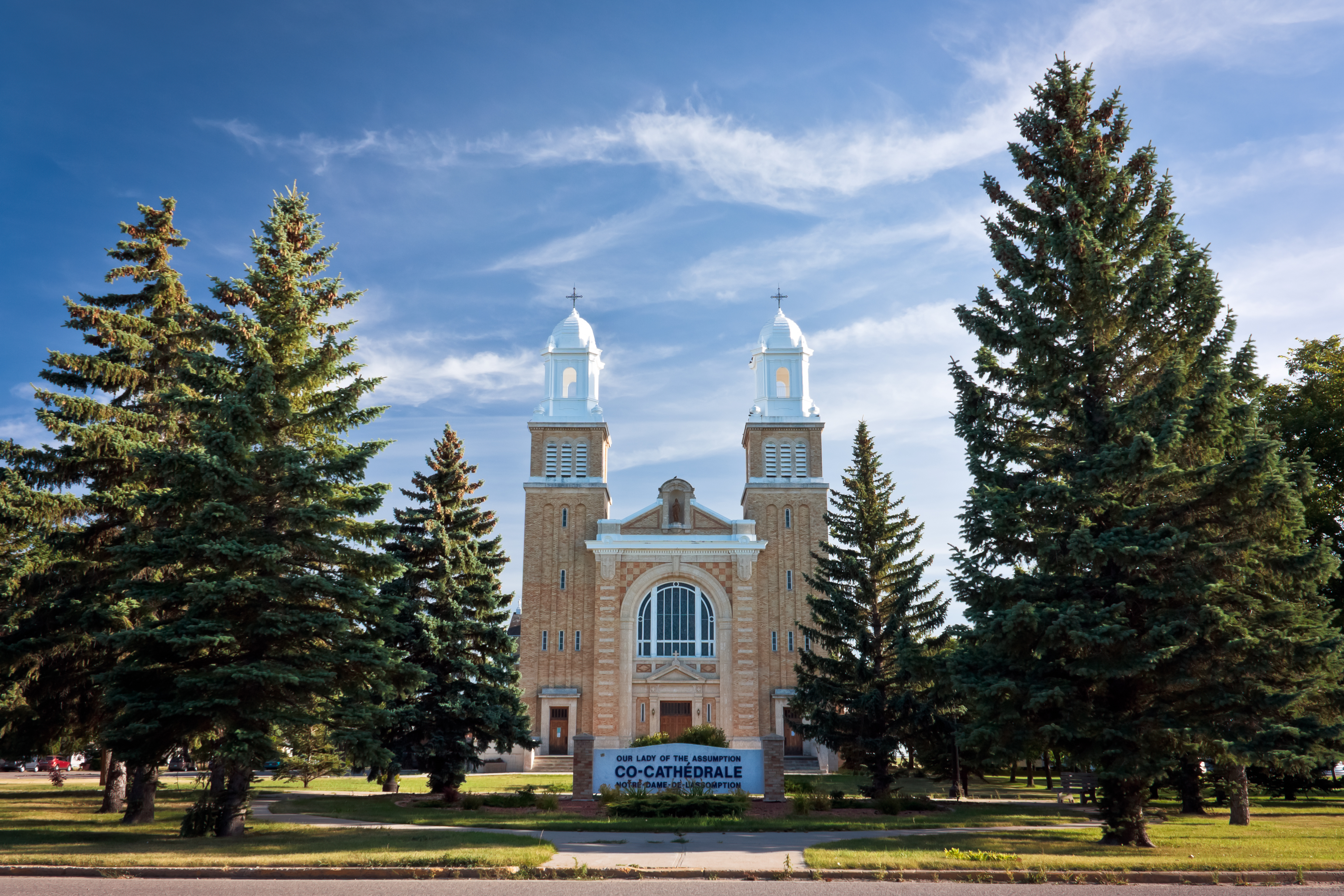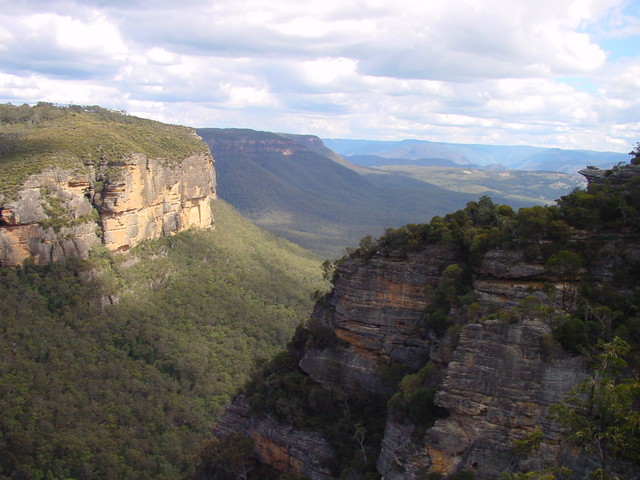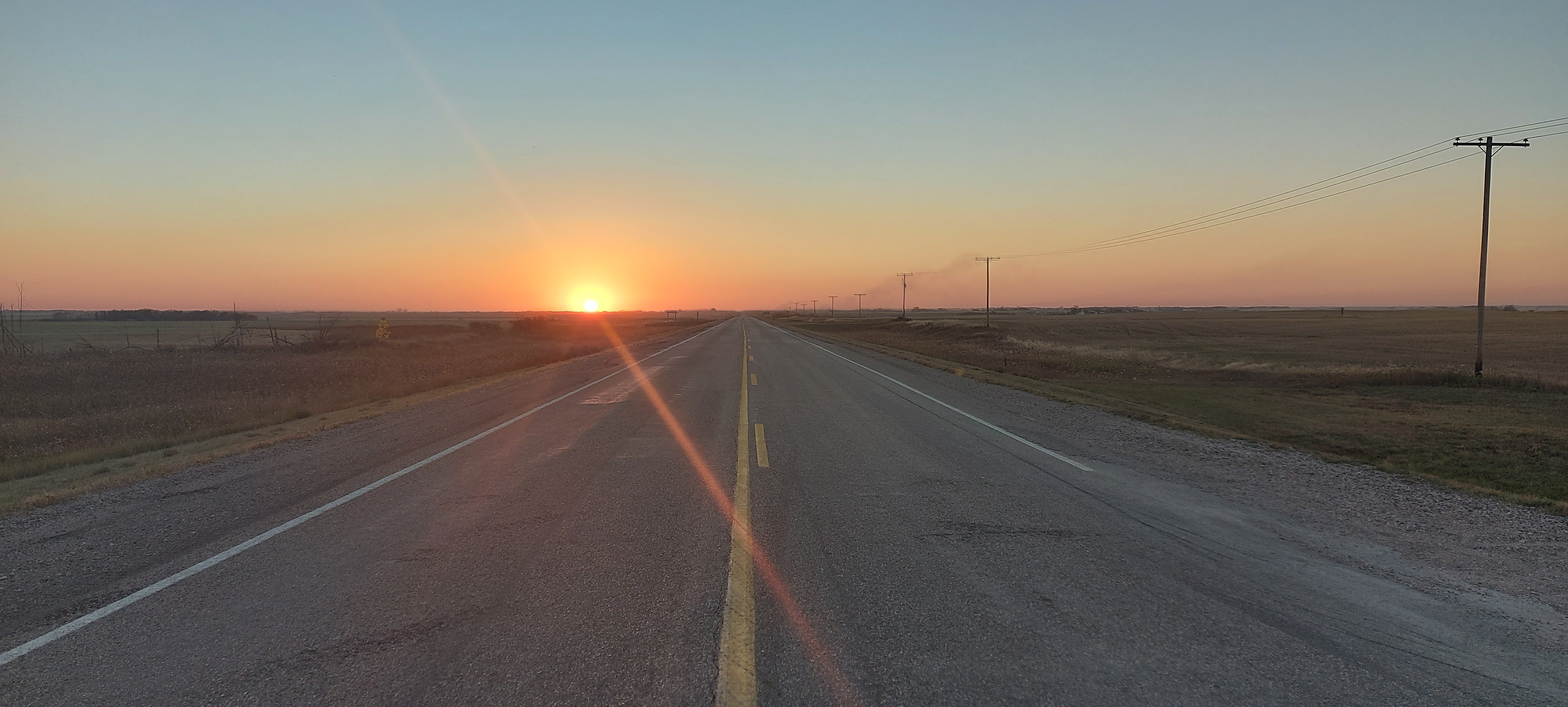|
Gravelbourg
Gravelbourg () is a small multicultural town in south-central Saskatchewan, Canada. It is located just west of the Wood River at the junction of provincial Highway 43 and Highway 58, approximately 125 kilometres from Moose Jaw, Swift Current, and the United States border. The region served as a path for First Nations peoples many years ago, and was also integrated into the Redcoat Trail of the 19th century. Gravelbourg is now a key link on the 21st century Trans Canada Trail. Gravelbourg is also referenced in the fourth verse of the North American version of "I've Been Everywhere", written by Geoff Mack and made popular in North America by Hank Snow and more recently Johnny Cash. History Gravelbourg was settled in the early 1900s and was one of the French block settlements of the Gravelbourg- Lafleche-Meyronne area in southwestern Saskatchewan, In 1930 it became the cathedral city of the Roman Catholic diocese of Gravelbourg. Gravelbourg carries the name of its found ... [...More Info...] [...Related Items...] OR: [Wikipedia] [Google] [Baidu] |
Saskatchewan Highway 58
Highway 58 is an oiled surface provincial highway in the Canadian province of Saskatchewan which handles approximately 100 vehicles per day. It runs from Highway 18 3 kilometres west of Fir Mountain until Highway 1 / Highway 19 near Chaplin in the south-central area of the province. Highway 58 is about long traversing through the Missouri Coteau. There are multiplexes of with Highway 13, with Highway 43, and with Highway 363. The highway's passage through the province offers a diverse sample of Saskatchewan to a traveller, taking in rural villages and towns, the scenery of the Missouri Coteau, Thomson Lake which is a man-made lake for recreational and reservoir purposes, natural lakes such as Chaplin Lake which is the second largest saline lake in Canada. The terrain of the Missouri Coteau features low hummocky, undulating, rolling hills, potholes, and grasslands. This physiographic region of Saskatchewan is the uplands Missouri Coteau, a part of t ... [...More Info...] [...Related Items...] OR: [Wikipedia] [Google] [Baidu] |
Wood River (Saskatchewan)
Wood River is a river in the Canadian province of Saskatchewan. It has its source in the Wood Mountain Hills of south-western Saskatchewan and flows in a north-easterly direction to its mouth at Old Wives Lake. Old Wives Lake is a salt water lake with no outflow. As a result, the drainage basin of Wood River is an endorheic one. Along the course of the river, there are several parks, historical sites, and small towns. Course and description Wood River begins in south-western Saskatchewan at the height of the Wood Mountain Hills in semi-arid grasslands within a large region called Palliser's Triangle. Much of the northern half of Wood Mountain Hills is in the Wood River watershed while the southern half flows south into the United States and the drainage basin of the Milk River – a tributary of the Missouri River. This part of the drainage divide is known as the Missouri Coteau. Beginning at Pinto Butte at over , Wood River flows eastward through grasslands, rolling hil ... [...More Info...] [...Related Items...] OR: [Wikipedia] [Google] [Baidu] |
Louis-Pierre Gravel
Louis-Pierre Gravel was a French Canadian missionary and colonizer who founded the town of Gravelbourg in Saskatchewan, Canada. He was born in Stanfold (now called Princeville), Quebec on August 8, 1868, and was ordained as priest on August 28, 1892, after finishing his studies at seminaries in Trois-Rivières, Nicolet and Montreal, Quebec. After serving in parishes in New York City from 1892 to 1906, he was asked to found a French Canadian parish in the south-west of Saskatchewan. In 1906, he founded the town of Gravelbourg. Aiding him in his endeavors were five of his brothers, which included Henri and Maurice, both doctors; Alphonse and Emile, both lawyer; Guy, a pharmacist; plus a sister, Laurianne, the wife of Georges Hébert, also a lawyer. He persuaded many French Canadian Catholics to settle in the Gravelbourg, Lafleche, Mazenod, Meyronne bloc settlement. Father Gravel died in Montreal on February 10, 1926, and was buried in Gravelbourg. Legacy Louis-Pierre Gravel ... [...More Info...] [...Related Items...] OR: [Wikipedia] [Google] [Baidu] |
Saskatchewan Highway 43
Highway 43 is a highway in the Canadian province of Saskatchewan. It runs from Highway 4 until Highway 2. Highway 43 is about . It passes through the town Gravelbourg Gravelbourg () is a small multicultural town in south-central Saskatchewan, Canada. It is located just west of the Wood River at the junction of provincial Highway 43 and Highway 58, approximately 125 kilometres from Moose Jaw, Swift Curre .... Major intersections From west to east: References 043 {{Saskatchewan-road-stub ... [...More Info...] [...Related Items...] OR: [Wikipedia] [Google] [Baidu] |
Lafleche, Saskatchewan
Lafleche is a small town in southwest Saskatchewan, Canada in the Rural Municipality of Wood River No. 74. The community is located at the intersection of Highway 13 and Highway 58. It is 20 km south of Gravelbourg and 45 km west of Assiniboia. It is situated on the south bank of Lafleche Creek, which is a tributary of Wood River. Thomson Lake Regional Park is located 10 minutes north of town. History The village of Buffalo Head started to form one and a half miles east of the present townsite with the arrival of settlers in 1905. The name was changed to Lafleche in honour of Louis-François Richer Laflèche. In 1910, a school district was formed and a school was built at the corner of four townships on a quarter of land owned by Mr. Belisle. In March 1912, there was already a hamlet set on a piece of land owned by F. X. Brunelle. There was a bank, two stores and blacksmith shops. In 1912, the railway was built to Expanse, then in the fall as far as Assiniboia. ... [...More Info...] [...Related Items...] OR: [Wikipedia] [Google] [Baidu] |
Block Settlements
A block settlement (or bloc settlement) is a particular type of land distribution which allows settlers with the same ethnicity to form small colonies. This settlement type was used throughout western Canada between the late 19th and early 20th centuries. Some were planned and others were spontaneously created by the settlers themselves. As a legacy of the block settlements, the three Prairie Provinces have several regions where ancestries other than British are the largest, unlike the norm in surrounding regions. The policy of planned blocks was pursued primarily by Clifford Sifton during his time as Interior Minister of Canada. It was essentially a compromise position. Some politicians wanted all ethnic groups to be scattered evenly though the new lands to ensure they would quickly assimilate to Anglo-Canadian culture, while others did not want to live near "foreign" immigrants (as opposed to British immigrants who were not considered foreign) and demanded that they be segrega ... [...More Info...] [...Related Items...] OR: [Wikipedia] [Google] [Baidu] |
I've Been Everywhere
"I've Been Everywhere" is a song written by Australian country singer Geoff Mack in 1959, and popularised by Lucky Starr and Hank Snow in 1962. The song as originally written listed Australian towns. It was later adapted by Australian singer Rolf Harris with British toponyms (1963), and by John Hore (later known as John Grenell) with New Zealand toponyms (1966). In 1962, the song was a number-one US country hit for Hank Snow, and #68 on the Hot 100. The song was also recorded by Lynn Anderson (US 1970), Asleep at the Wheel (US 1973), Stompin’ Tom Connors (Canada 1971), Johnny Cash (US 1996), Ted Egan, the "Farrelly Brothers" from the television series ''The Aunty Jack Show'' (Australia 1974, a parody version, on the album ''Aunty Jack Sings Wollongong''), John Grenell (NZ 1966), Mike Ford (Canada, 2005), The Sunny Cowgirls and the Statler Brothers. Harvey Reid also included the song in his ''Dreamer or Believer'' album. In 2021, supergroup L.A. Rats, which consists of Rob ... [...More Info...] [...Related Items...] OR: [Wikipedia] [Google] [Baidu] |
List Of Rural Municipalities In Saskatchewan
A rural municipality (RM) is a type of incorporated municipality in the Canadian province of Saskatchewan. A rural municipality is created by the Minister of Municipal Relations by ministerial order via section 49 of ''The Municipalities Act''. Saskatchewan has 296 rural municipalities, which are located in the central and southern portions of the province. They had a cumulative population of and an average population of in the 2016 Census of Population. Saskatchewan's largest and smallest rural municipalities are the RM of Corman Park No. 344 and the RM of Glen McPherson No. 46 with populations of 8,568 and 72 respectively. The northern half of the province does not lie within any rural municipality, but is rather administered by the provincial government through the Northern Saskatchewan Administration District. List Former rural municipalities See also *List of communities in Saskatchewan * List of municipal districts in Alberta *List of municipaliti ... [...More Info...] [...Related Items...] OR: [Wikipedia] [Google] [Baidu] |
Saskatchewan Highway 13
Highway 13 is a highway in the Canadian province of Saskatchewan. It runs from the Alberta border (continuing westward as Alberta Highway 501) until it transitions into Highway 2 at the Manitoba border near Antler. Highway 13 is about 676 km (420 mi.) long. Highway 13 passes through Shaunavon, Assiniboia, Weyburn, Redvers and Carlyle. It is also referred to as the Red Coat Trail, as much of its length follows the route of the original historic path. A majority of the route between Wauchope and Govenlock going through the Palliser's Triangle is also referred to as the Ghost Town Trail. Travel route Travel east through the province of Saskatchewan on the Red Coat Trail is continuous on Highway 13 which is a secondary paved undivided highway until Weyburn. Highway 13 crosses Lodge Creek and Middle Creek, then passes the junction with Highway 21 south followed by Highway 615 north. The highway volume beginning in Saskatchewan along the highway about 45 vehicles pe ... [...More Info...] [...Related Items...] OR: [Wikipedia] [Google] [Baidu] |
Geoff Mack
Albert Geoffrey McElhinney OAM (20 December 1922 – 21 July 2017), better known by his stage name Geoff Mack, was an Australian country singer, songwriter and aircraft mechanic. As a songwriter, he wrote the song "I've Been Everywhere" which was an Australian hit for Lucky Starr in April 1962 and became popular in North America when adapted for Hank Snow in November. More than 130 cover versions have been recorded. In 2008, Mack was inducted into the Australian Roll of Renown. Biography Born on 20 December 1922 in Surrey Hills, a suburb of Melbourne. His father was William Arthur Henry McElhinney, and his mother was Ethel Mary (née Park). Mack's musical career was established during World War II, he enlisted on 4 June 1942 in the RAAF, and was trained as an aircraft mechanic; he was discharged on 7 January 1946 with the rank of corporal from 62 ACW (Airfield Construct Wing). In 1944 whilst serving in Borneo, his ability to play the guitar and sing was noticed, and he was s ... [...More Info...] [...Related Items...] OR: [Wikipedia] [Google] [Baidu] |
Johnny Cash
John R. Cash (born J. R. Cash; February 26, 1932 – September 12, 2003) was an American country singer-songwriter. Much of Cash's music contained themes of sorrow, moral tribulation, and redemption, especially in the later stages of his career. He was known for his deep, calm bass-baritone voice, the distinctive sound of his Tennessee Three backing band characterized by train-like chugging guitar rhythms, a rebelliousness coupled with an increasingly somber and humble demeanor, free prison concerts, and a trademark all-black stage wardrobe which earned him the nickname "The Man in Black". Born to poor cotton farmers in Kingsland, Arkansas, Cash rose to fame during the mid-1950s in the burgeoning rockabilly scene in Memphis, Tennessee, after four years in the Air Force. He traditionally began his concerts by simply introducing himself, "Hello, I'm Johnny Cash", followed by "Folsom Prison Blues", one of his signature songs. His other signature songs include "I Walk the Lin ... [...More Info...] [...Related Items...] OR: [Wikipedia] [Google] [Baidu] |
Hank Snow
Clarence Eugene "Hank" Snow (May 9, 1914 – December 20, 1999) was a Canadian-American country music artist. Most popular in the 1950s, he had a career that spanned more than 50 years, he recorded 140 albums and charted more than 85 singles on the ''Billboard'' country charts from 1950 until 1980. His number-one hits include the self-penned songs " I'm Moving On", " The Golden Rocket" and "The Rhumba Boogie" and famous versions of "I Don't Hurt Anymore", "Let Me Go, Lover!", "I've Been Everywhere", " Hello Love", as well as other top 10 hits. Snow was an accomplished songwriter whose clear, baritone voice expressed a wide range of emotions including the joys of freedom and travel as well as the anguish of tortured love. His music was rooted in his beginnings in small-town Nova Scotia where, as a frail, youngster, he endured extreme poverty, beatings and psychological abuse as well as physically punishing labour during the Great Depression. Through it all, his musically talen ... [...More Info...] [...Related Items...] OR: [Wikipedia] [Google] [Baidu] |






